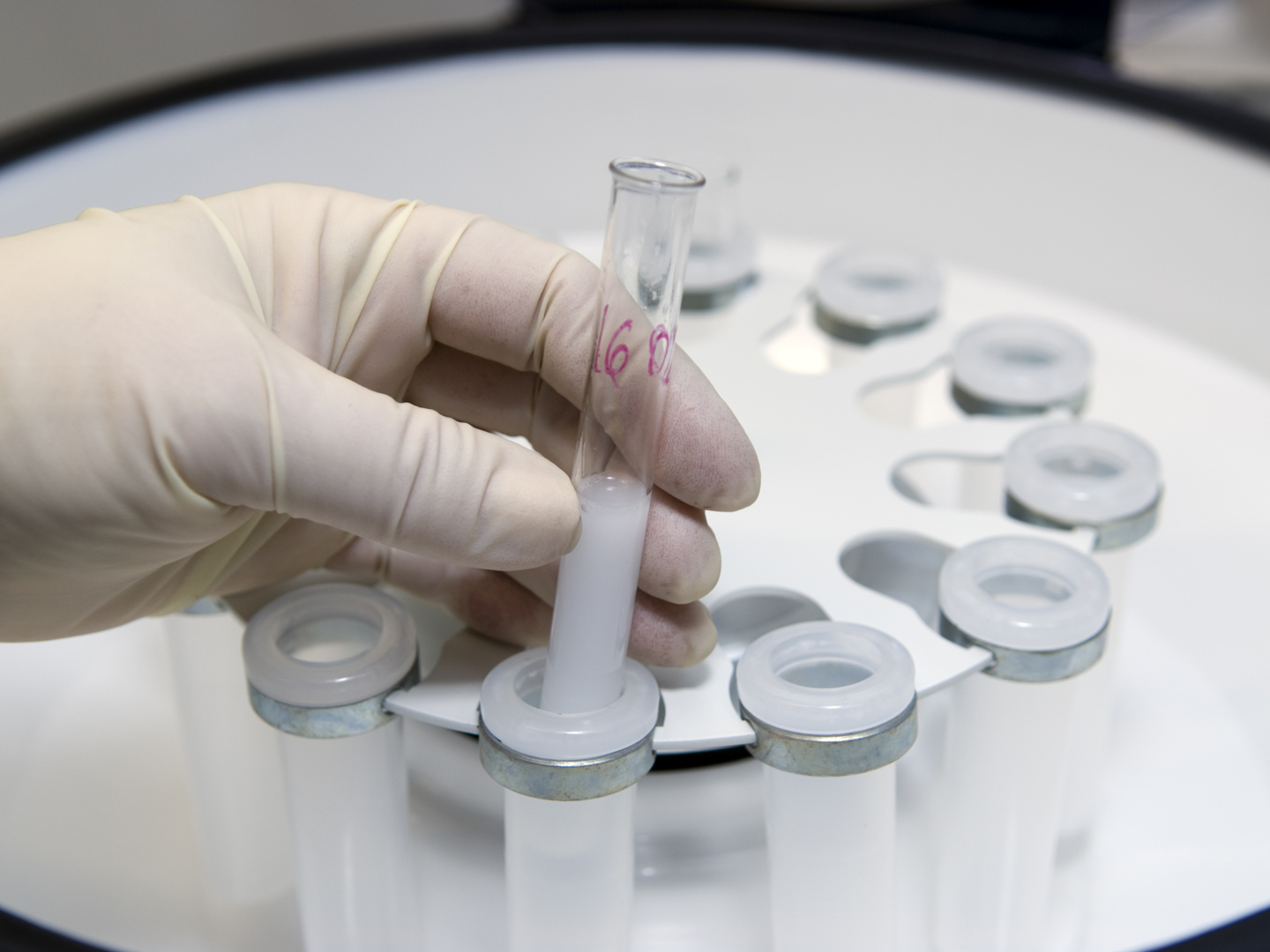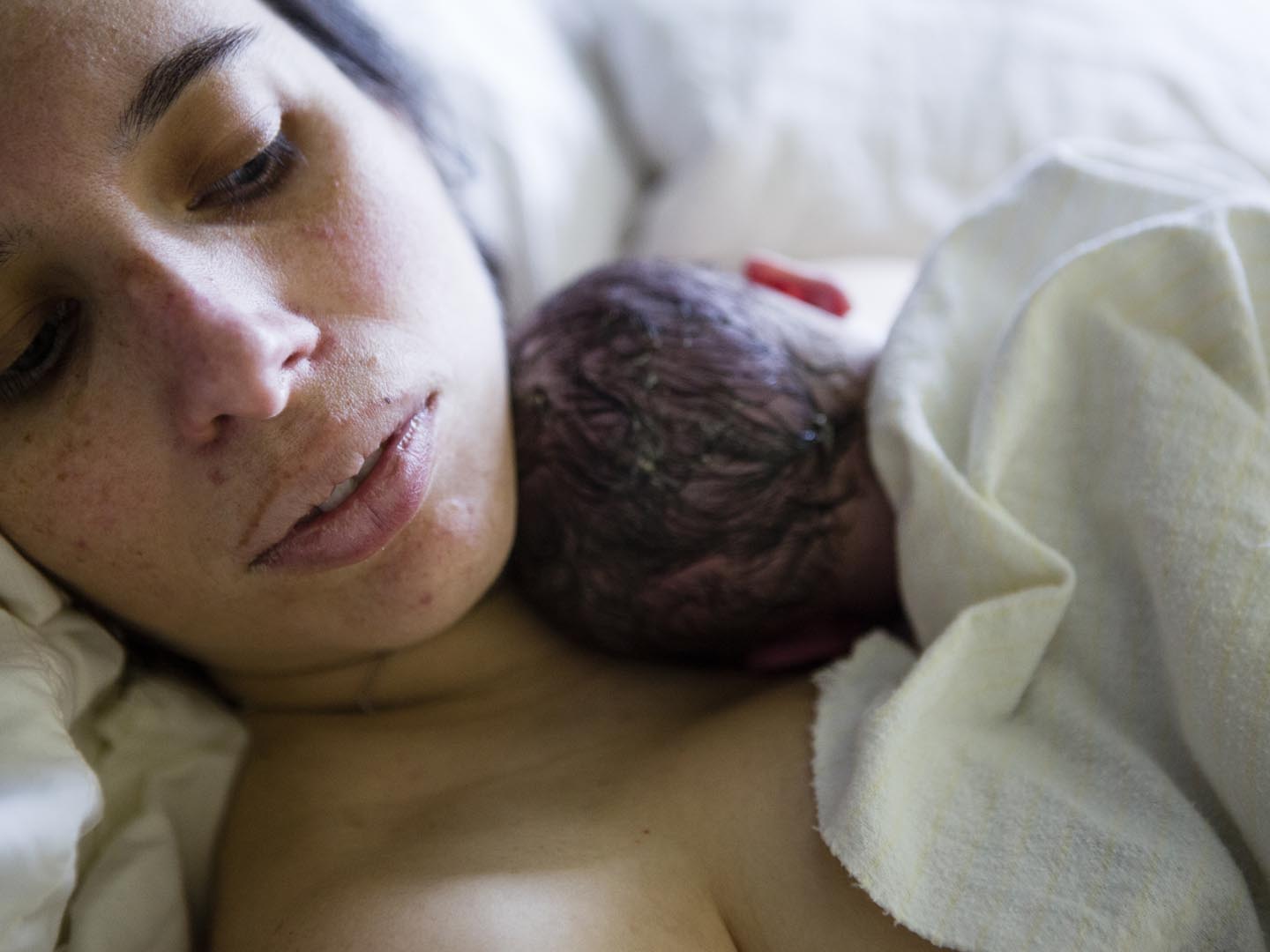Drug-Free Childbirth?
Are there natural remedies to help with the pain of labor and delivery?
Andrew Weil, M.D. | November 18, 2021

The quest to manage the pain of labor and childbirth has a long history – including eras in which women were fully anesthetized during delivery and those in which they were expected to avoid pain relief entirely. Today there are many options for pain management that take into account both the laboring woman’s relief and the baby’s safety.
The epidural block – a combination of pain relievers and anesthetics delivered through a catheter to the lower spinal nerves – is now commonly used during childbirth, and it is generally considered safe. Without an epidural or in conjunction with one, there are many other ways to help a woman navigate labor and delivery.
Nitrous oxide, or “laughing gas,” has been more commonly used for labor and delivery in Europe, Canada, and Australia than in the United States, where it is more typically used in dental procedures. As more American women seek safer methods of pain relief, some are turning to nitrous oxide, as it is believed to pose no significant risk to the baby. Self-administered through a mask, nitrous oxide provides short bursts of relief during contractions. Still, it is an analgesic drug, and some women look for more natural, drug-free ways to manage their pain, including these:
Mind-Body Interventions
These strategies include biofeedback, yoga, music therapy, hypnosis, and the breathing techniques popularized by Dr. Fernand Lamaze. These methods may help women relax and experience less fear and pain during a physically and emotionally fraught experience. While these methods are not expected to provide the same pain relief as medication, they have proven to be quite helpful when utilized as part of a comprehensive birth plan.
Complementary Practices
These include acupuncture and acupressure, massage and therapeutic touch, and hydrotherapy. Hydrotherapy, in which a woman is immersed in a warm bath in the first stage of labor, is supported by the best evidence. In eight trials involving nearly 3,000 women, those who used immersion reported significantly less pain than those who did not. More importantly, those who used the warm bath required less pain medication than their counterparts who were not immersed. Evidence for the other complementary practices is not as strong.
Herbal Medicines
Plant-based natural remedies have not been extensively studied for labor and delivery. Some herbs have been studied for their effect on inducing labor or reducing risk of miscarriage, but none have been shown definitively to safely reduce the pain of childbirth.
Birthing Balls
Whether round like standard exercise balls or peanut shaped, birthing balls are designed to relieve stress on the back as well as abdominal pain, both before and during labor. A 2013 paper reported on 203 pregnant women in Hong Kong who were studied over a four-month period. The women attended a 30-minute class in birthing ball exercises, and after childbirth they reported overall satisfaction with the balls. They also required less opioid pain relief than their peers previously studied over a two-year period. Another team of researchers reviewed the data from seven different published studies about use of a birthing ball and found only modest evidence of pain reduction overall.
There is no denying that human childbirth is physically painful and emotionally challenging. The best approach may be a comprehensive birthing plan that helps manage the emotions of the experience as well as the physical pain. Support from a partner, doula, and the birthing team are key to helping a laboring woman bring a baby into the world in the safest, least painful way possible.
Andrew Weil, M.D.
Sources:
Leeman L, Fontaine P, King V, Klein MC, Ratcliffe S. “The nature and management of labor pain: part I. Nonpharmacologic pain relief.” Am Fam Physician. 2003 Sep 15;68(6):1109-12. Erratum in: Am Fam Physician. 2003 Dec 15;68(12):2330. PMID: 14524397. https://pubmed.ncbi.nlm.nih.gov/14524397/
Leung RW, Li JF, Leung MK, Fung BK, Fung LC, Tai SM, Sing C, Leung WC. “Efficacy of birth ball exercises on labour pain management.” Hong Kong Med J. 2013 Oct;19(5):393-9. doi: 10.12809/hkmj133921. Epub 2013 Jul 22. PMID: 23878201. https://pubmed.ncbi.nlm.nih.gov/23878201/
Delgado A, Maia T, Melo RS, Lemos A. Birth ball use for women in labor: A systematic review and meta-analysis. Complement Ther Clin Pract. 2019 May;35:92-101. doi: 10.1016/j.ctcp.2019.01.015. Epub 2019 Feb 2. PMID: 31003693. https://pubmed.ncbi.nlm.nih.gov/31003693/
Tournaire, Michel, and Anne Theau-Yonneau. “Complementary and alternative approaches to pain relief during labor.” Evidence-based complementary and alternative medicine : eCAM vol. 4,4 (2007): 409-17. doi:10.1093/ecam/nem012 https://www.ncbi.nlm.nih.gov/pmc/articles/PMC2176140/
Westfall RE. Herbal medicine in pregnancy and childbirth. Adv Ther. 2001 Jan-Feb;18(1):47-55. doi: 10.1007/BF02850250. PMID: 11512532. https://pubmed.ncbi.nlm.nih.gov/11512532/












